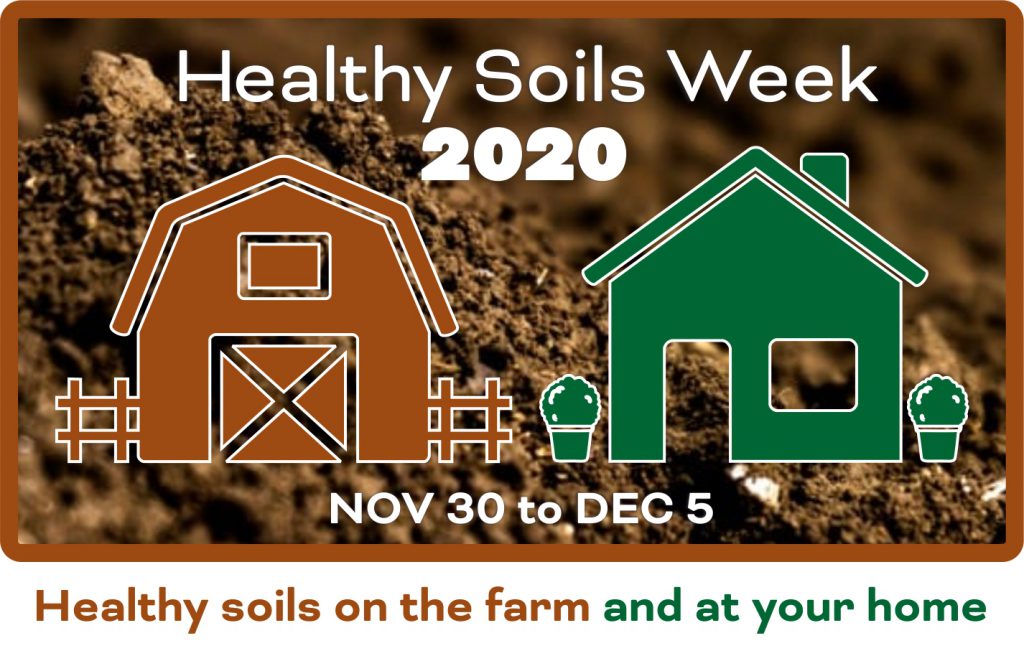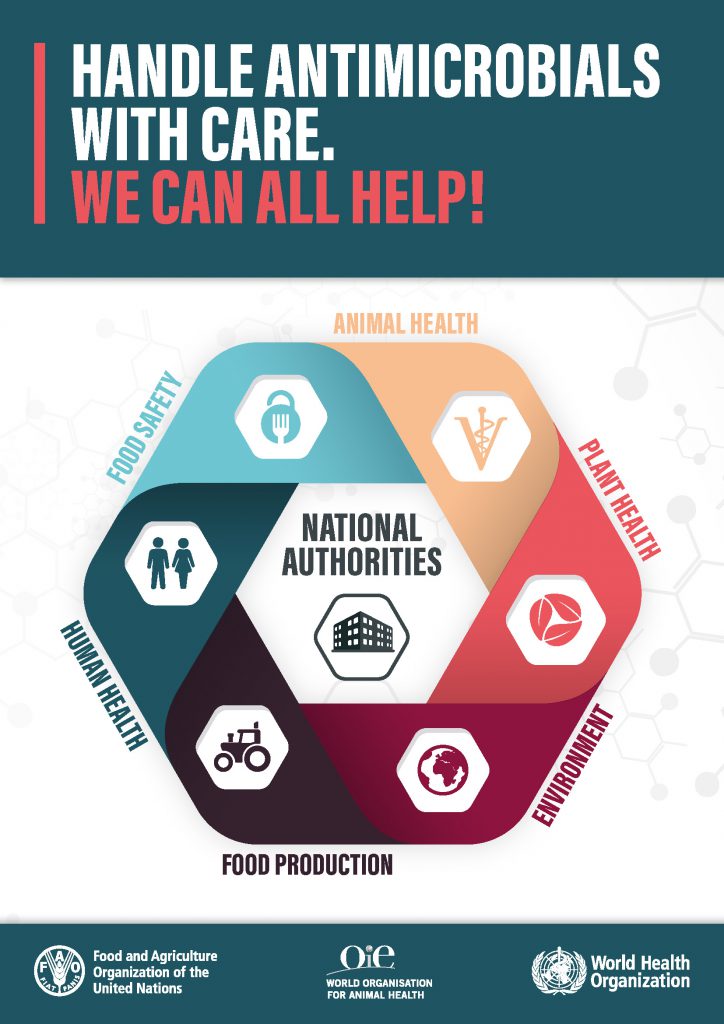
By Todd Fichette
After several years of playing second or third string to neighboring counties, Fresno County, Calif. held its top spot as the leading county for gross agricultural output in the United States, though the dollar figures between the big three were probably the slimmest in history.
At just $212 million in gross agricultural output between No. 1 Fresno County and No. 3 Tulare County, the fact that all three have exceeded $7 billion in value each of the previous three reporting years – 2017 through 2019 – is a testament to the agricultural output of the region.
At over $7.71 billion in gross receipts for 2019, Fresno’s crop values were 2.3% lower than its record year of $7.9 billion in 2018, which also led all counties in gross agricultural output. Ryan Jacobsen, chief executive officer, Fresno County Farm Bureau, said a general softening of commodity prices, punctuated by a difficult year for wine grapes, may have played a part in the reduced value.
Fresno County Agricultural Commissioner Melissa Cregan said the lower figure was somewhat surprising given increases in almond acreage – Fresno County’s leading crop – and higher acreage reports from other significant crops, including Navel oranges.
“I was surprised the value dipped; it felt like 2019 was going to be better,” Cregan said. “I think our saving grace was the almond crop.”
Fresno County farmers harvested over 264,000 acres of almonds across the county in 2019. Total production that year was up 29 percent to 309,000 tons, or almost one-quarter of all the almonds produced in California.
Fresno has seen two of the commodities produced there exceed a gross value of $1 billion – almonds and grapes, though grapes did not fare as well in 2019.
By the numbers
Almond values, which include the edible nut and the hull sold for livestock feed, exceeded $1.57 billion in gross value on yields that were up 21 percent over the previous year. Growers in 2019 enjoyed an average price of $2.46 per pound on yields that averaged over 2,300 pounds per acre. Yields were up significantly from the year before at about 1,900 pounds per acre, on average.
At No. 2, grape values slipped below $1 billion on softer prices. Raisins remain the most popular type grown at over 81,000 acres. Wine grape varieties were harvested from over 53,000 acres as table varieties were picked from 29,000 acres. The annual wine grape crush in Fresno County was reported at 699,000 tons, down from 711,000 tons the previous year.
Bearing pistachio acreage was up 7 percent on the year to over 117,500, according to the report. The alternate bearing nature of the crop saw a 30 percent swing in yields from the previous year, down to just over 2,700 pounds per acre in prices that averaged just over $2 per pound to the grower.
Cregan expects pistachios to make the leap into elite value status as more planted acres move into the bearing category. The addition of these orchards is also driving a move in Fresno County to build more pistachio processing facilities to handle the larger crop, which for the first time in U.S. history surpassed one billion pounds in total production with the 2020 crop.
Other commodities
Fewer acres of cotton were grown in Fresno County in 2019 as growers across the state move away from the fiber crop to more profitable commodities. While Upland acreage was down nearly 28%, Pima acreage was up 17% to over 77,000 acres. Yields for Pima averaged just over three bales per acre while Upland yields were down significantly to under 2.5 bales. Prices averaged 87 cents for Upland cotton and $1.15 for Pima.
Wheat grown for grain saw a 14.5% increase in harvested acre. Yields there were up about 7%.
After a surprising 2018 that saw garlic yields exceed eight tons per acre on prices that more than doubled from the previous year, garlic farmers in Fresno County harvested from 1,000 fewer acres in 2019. Garlic prices remained well above $2,000 per ton on yields of over 13,700 pounds per acre.
Also of notable report in 2018, onion production was softer in 2019 as fewer acres were harvested and the price for fresh and processed onions declined significantly.
Most notable among melon crops included a significant drop in cantaloupe production and acreage with a marked increase in honeydew production and acreage.
Among citrus, which commands considerable acreage in the county, Navel oranges saw a 19 percent increase in reported acreage. Cregan attributes this to better reporting in the category, and not so much in that growers rushed to plant more Navel oranges in previous years.
Conversely, mandarins saw a slight decline in harvested acreage after several years of excitement in that sector to plant more trees and participate in positive marketing campaigns that generated positive grower returns.
Bee pollination services and honey production each saw a significant rise in production and gross income for beekeepers in 2020. On the honey side, production rose 96% as the price of honey likewise rose to an average of $5.16 per pound. Producers leasing bees for pollination services saw a 22% rise in gross income for pollination of seed, fruit, nut, melon, and vegetable crops.
Unlike some other counties that were able to include hemp values in their annual reports, Cregan said she was not able to collect good numbers because of the relative secrecy of the new industry and various other unknowns that would likely make the data incomplete.





